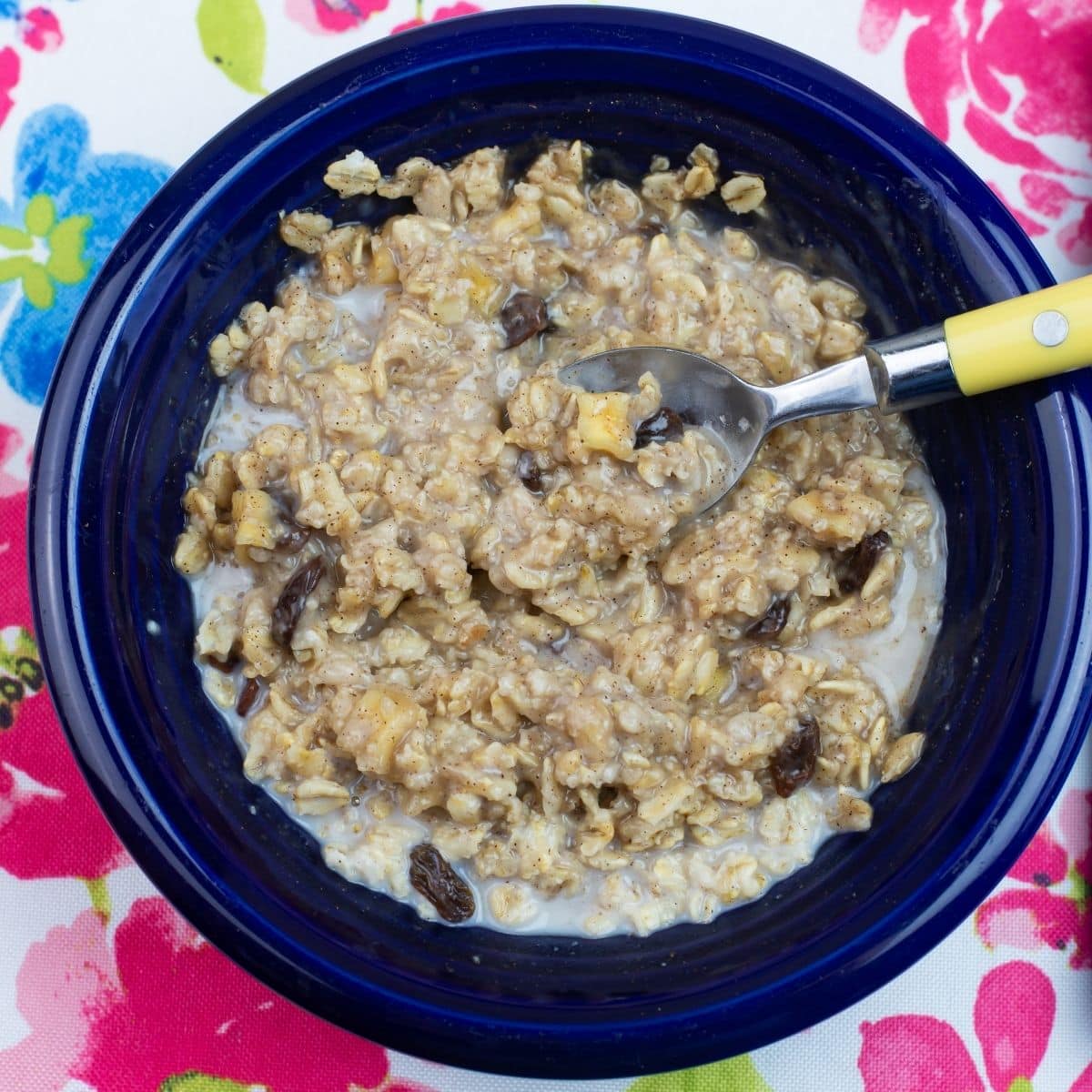This page is where you will find all my Food Dehydrator Recipes. If you're looking for all of my canning recipes you can find them on the Canning Recipes page.
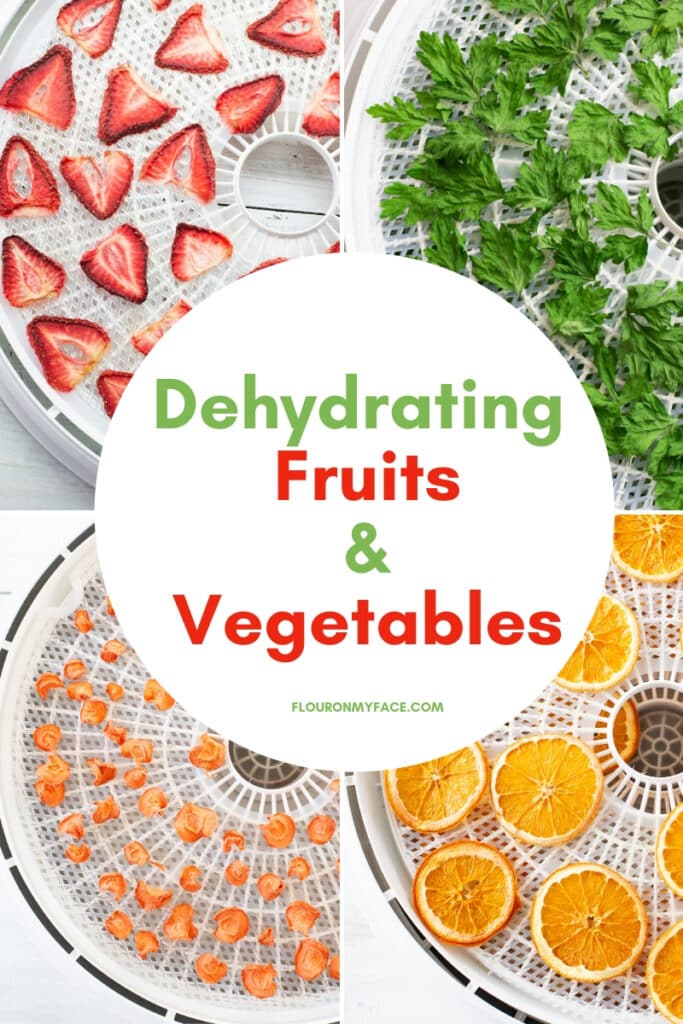
Methods to preserve food
There are three main methods I use to preserve food.
- Canning
- Freezing
- Dehydrating or drying
- This page is where I share the links to all of my dehydrating food recipes.
- You can find my canning recipes on the canning recipes page.
- You can find all my freezing recipes on my freezer meals page.
Dehydrating Food
Dehydrating or drying food is a great way to preserve fresh food for long term storage.
Once the moisture has been removed from fruits, vegetables, and some meats they can be stored for months or in some cases years if stored properly. Removing the moisture allows for long term storage.
Dehydrated food shrinks to half the size of fresh allowing you to store pounds of fresh food in jars or plastic bags requiring much less storage space.
For example, 5 pounds of fresh carrots that have been peeled and sliced will fit in two mason jars.
Home Gardeners
If you have a home garden food dehydrating is a great way to make sure all of your hard work doesn't go to waste.
Dehydrate the surplus homegrown fruits, vegetables, and fresh herbs so you can pack your pantry full during the growing season.
Dehydrating fruits is a great way to preserve your favorite fresh fruits so you can enjoy dry fruit as a snack or add them to all of your recipes.
Buying fresh fruits, vegetables and herbs to dry
If you like to buy fresh fruits, vegetables, and herbs at the supermarket or Farmer's market while they are farm fresh and in-season you can dehydrate the surplus so you can continue to enjoy the flavors of your favorite fresh foods all year long.
Fresh vegetables can be dehydrated and added to all of your favorite soup and stew recipes.
Rehydrated vegetables can be cooked the same as if they were freshly purchased.
Fresh fruits can be eaten as snacks or added to other recipes.
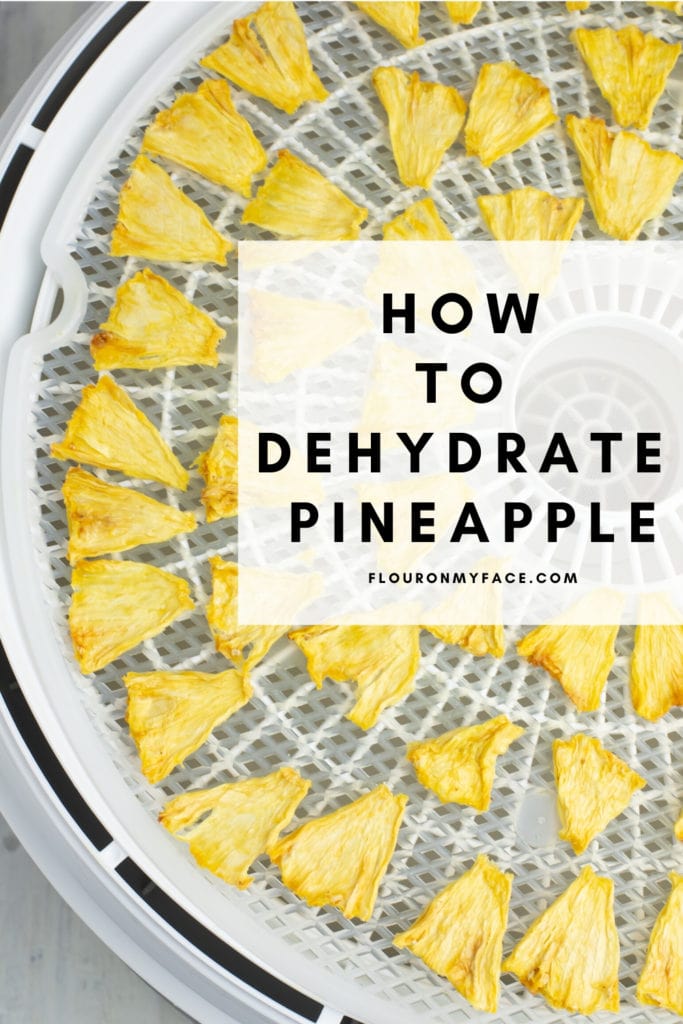
Plan your preserving days by buying what is in season. The big Florida produce season is in the winter.
You can buy fresh in-season Florida produce in every state.
Check out my monthly list of Florida produce that is in season so you can buy the freshest fruits and vegetables to dehydrate all year long.
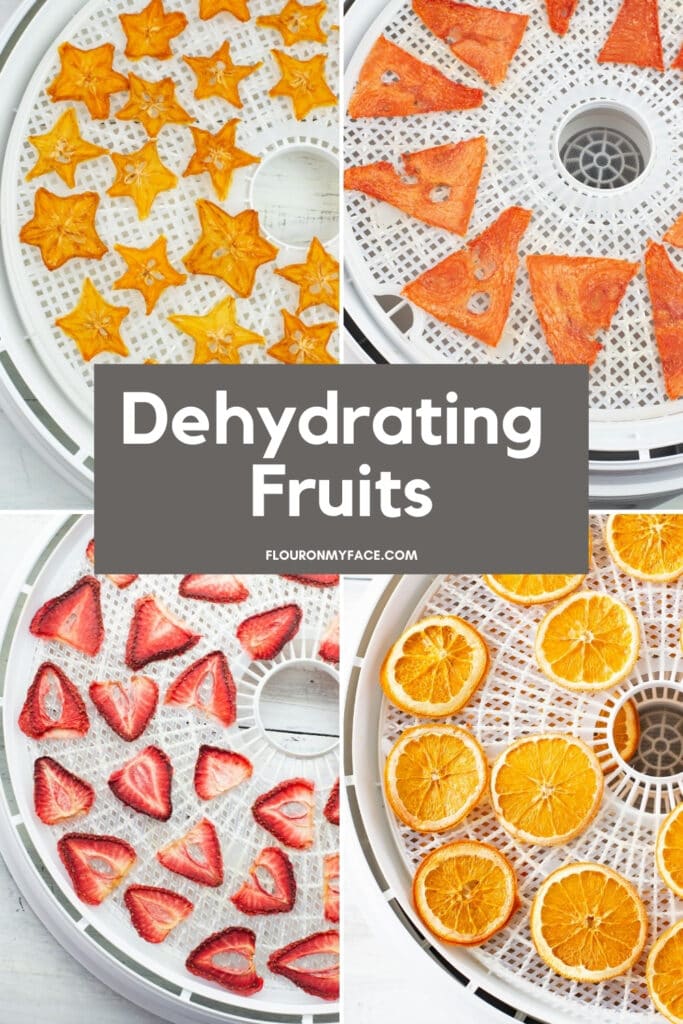
Making Dried Fruits
Save money and savor the flavors of summer by making your own dried fruits at home with a food dehydrator. Not only is it an easy way to preserve in-season fruits, but it also allows you to control the ingredients and avoid added sugars found in store-bought options.
So why not give it a try and make your own sweet and chewy dried fruits at home, while saving money on snacking all year round?
- Mandarin Orange Slices
- Fruit Cocktail
- Dried Pear Slices
- Dried Lime Slices
- Dehydrated Diced Apples
- Dehydrated Apple Slices
- Dehydrated Strawberries
- Dehydrated Orange Slices
- Dehydrated Cherries
- Dehydrated Pineapple
- Dehydrated Starfruit
- Dehydrated Banana Chips
- Dehydrated Watermelon
- Dehydrated Mango
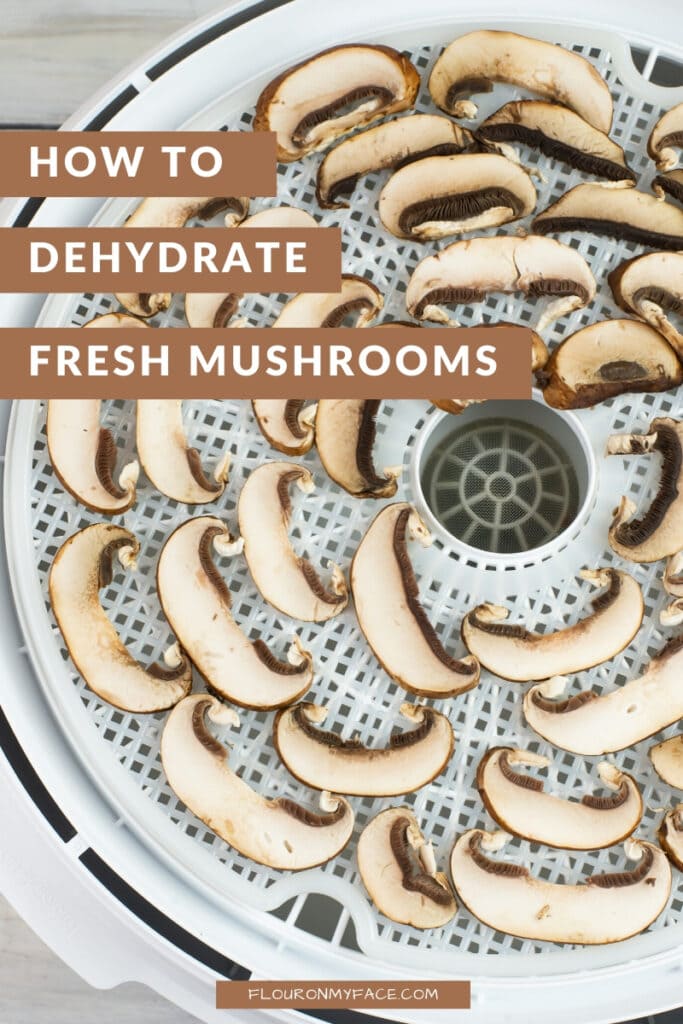
Dried Vegetables
Dried vegetables are not only a tasty, but they are also a wallet-friendly. By using a food dehydrator to make your own dried veggies at home, you can save money while preserving the abundance of fresh produce from your garden or local farmers market.
You can easily use the dried vegetables in all of your family's favorite dishes.
- Dried Pickle Slices: Add a zing of flavor to all of your snacks and recipes.
- Dehydrated Butternut Squash
- Dried Jalapeno Rings; When the garden is bursting preserve all your hot peppers to have on hand during the winter months.
- Dried Frozen Vegetables: Buy six pounds of mixed vegetables for about $8 and stock the pantry with dried vegetables for soups and stews.
- Dehydrated Frozen Corn: Buy frozen corn when on sale and dry it so you always have corn on hand for all your soup and stew recipes.
- Dehydrated Bell Peppers
- How to dehydrate grape tomatoes (yes I know its a fruit)
- How to make Dehydrated Hash Brown Potatoes
- How To Dehydrate Mushrooms
- How to Dehydrate Onions
- How To Dehydrate Grape Tomatoes
- How To Dehydrate Carrots
- How To Dehydrate Yellow Squash
- How To Dehydrate Spinach and you can make Powdered Spinach for smoothies.
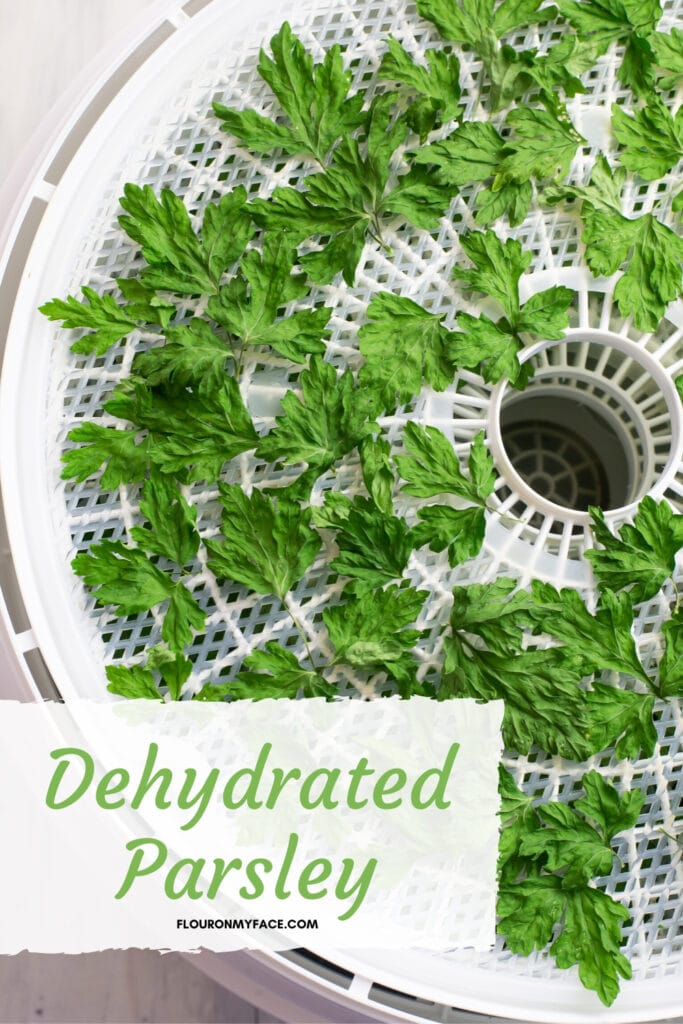
Dehydrated Fresh Herbs
You can stock the pantry with all of your favorite single dried herbs or you can make your own custom dried herb blends when you preserve them by drying.
Growing your own fresh herbs and drying them at home is an excellent way to save money on dried spices and ensure you have flavorful seasonings year-round.
Fresh herbs like basil, oregano, and rosemary can be easily grown in a small garden or even in pots on your windowsill.
Once harvested, drying the herbs is an easy way to preserve them without losing their flavor.
By investing a little time into growing a few pots of herbs and drying them at home, you'll have a fresh supply of high-quality, homemade herbs and seasonings that can be used in all your favorite recipes, helping you save big in the long run.
Dehydrated Basil
Dehydrated Basil is as easy to make as any other dried herb at home with a food dehydrator.
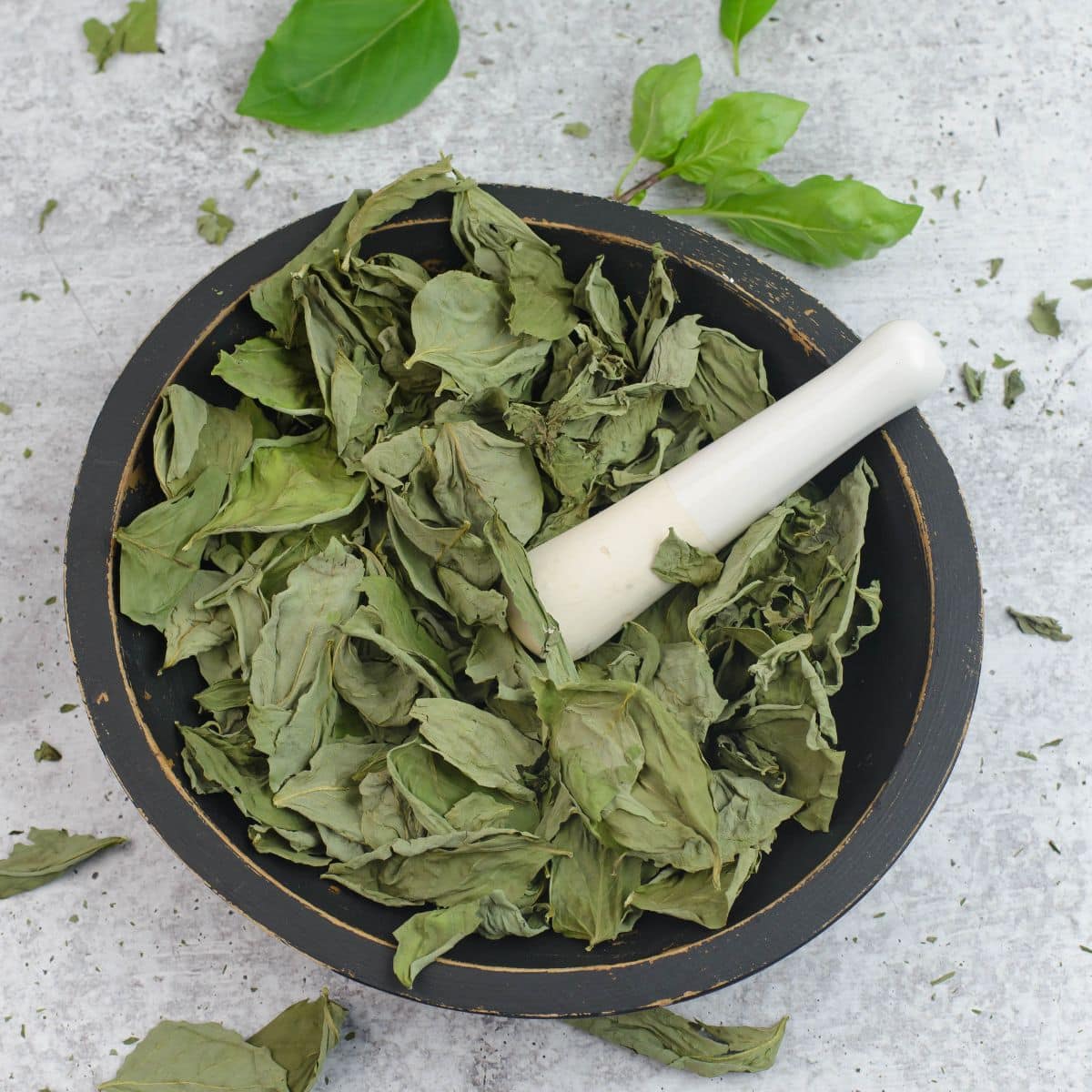
Dehydrated Dill
Dehydrated Dill is a pantry staple for adding the flavor of fresh dill to recipes like cucumber dill dip.
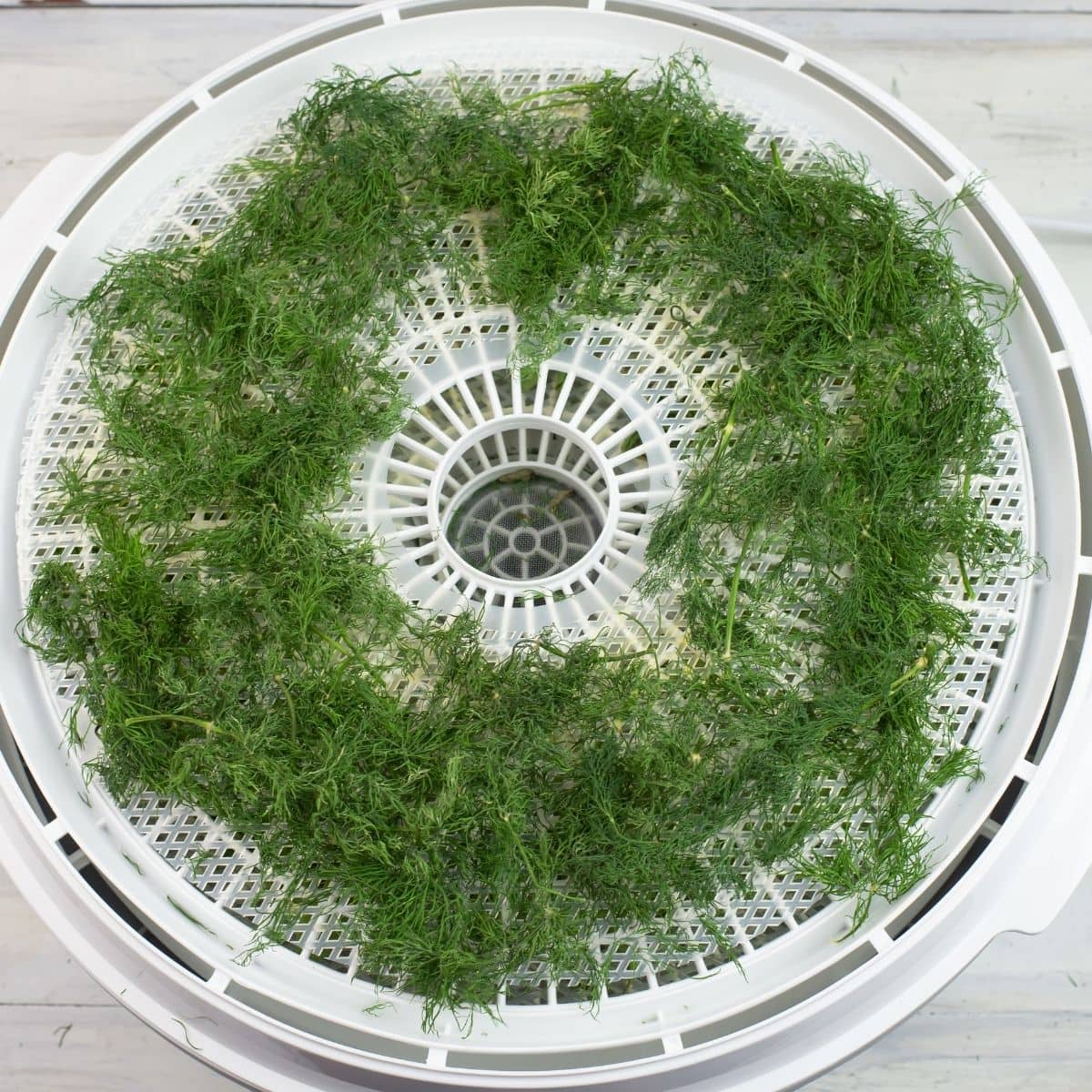
Dehydrated Oregano
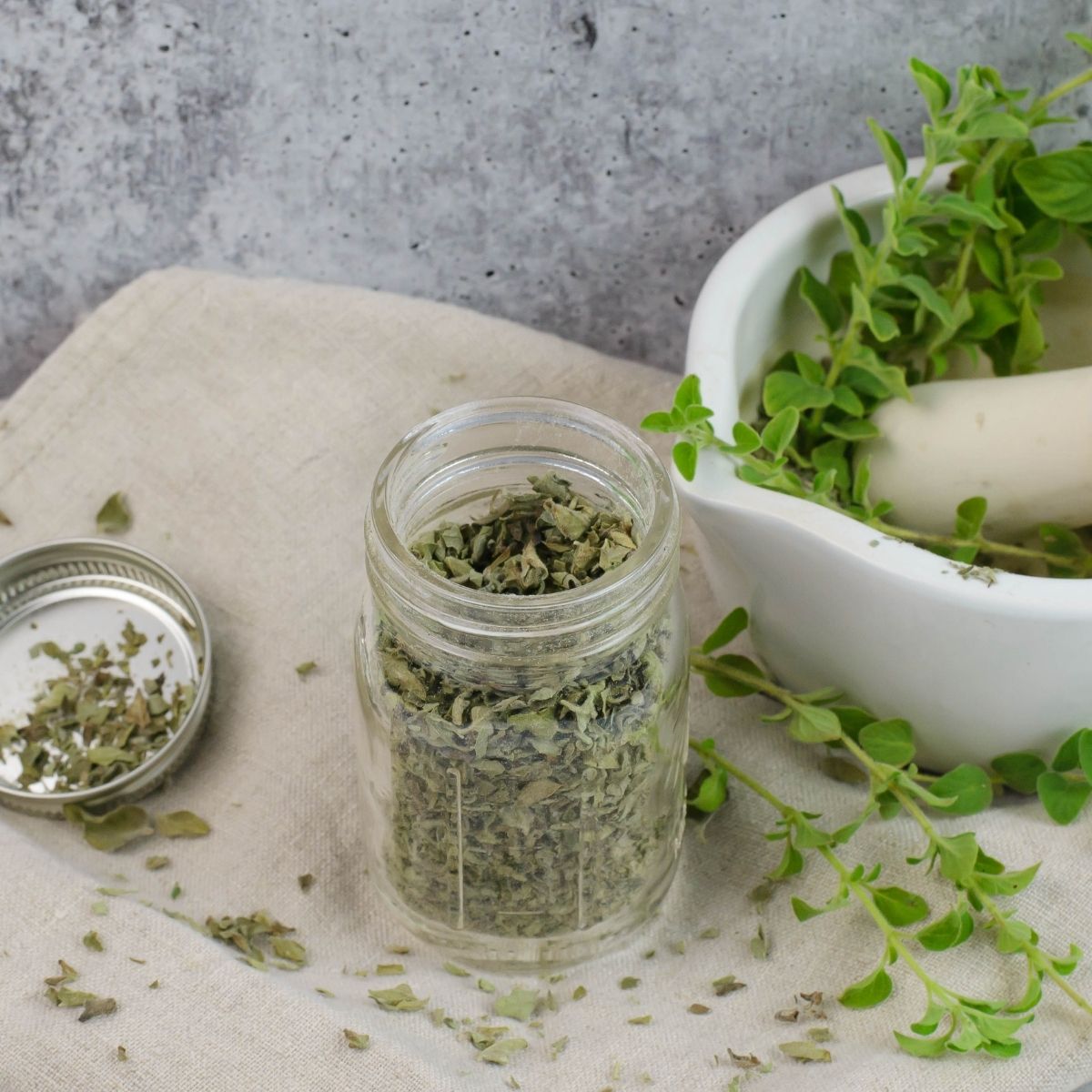

Dehydrated Parsley
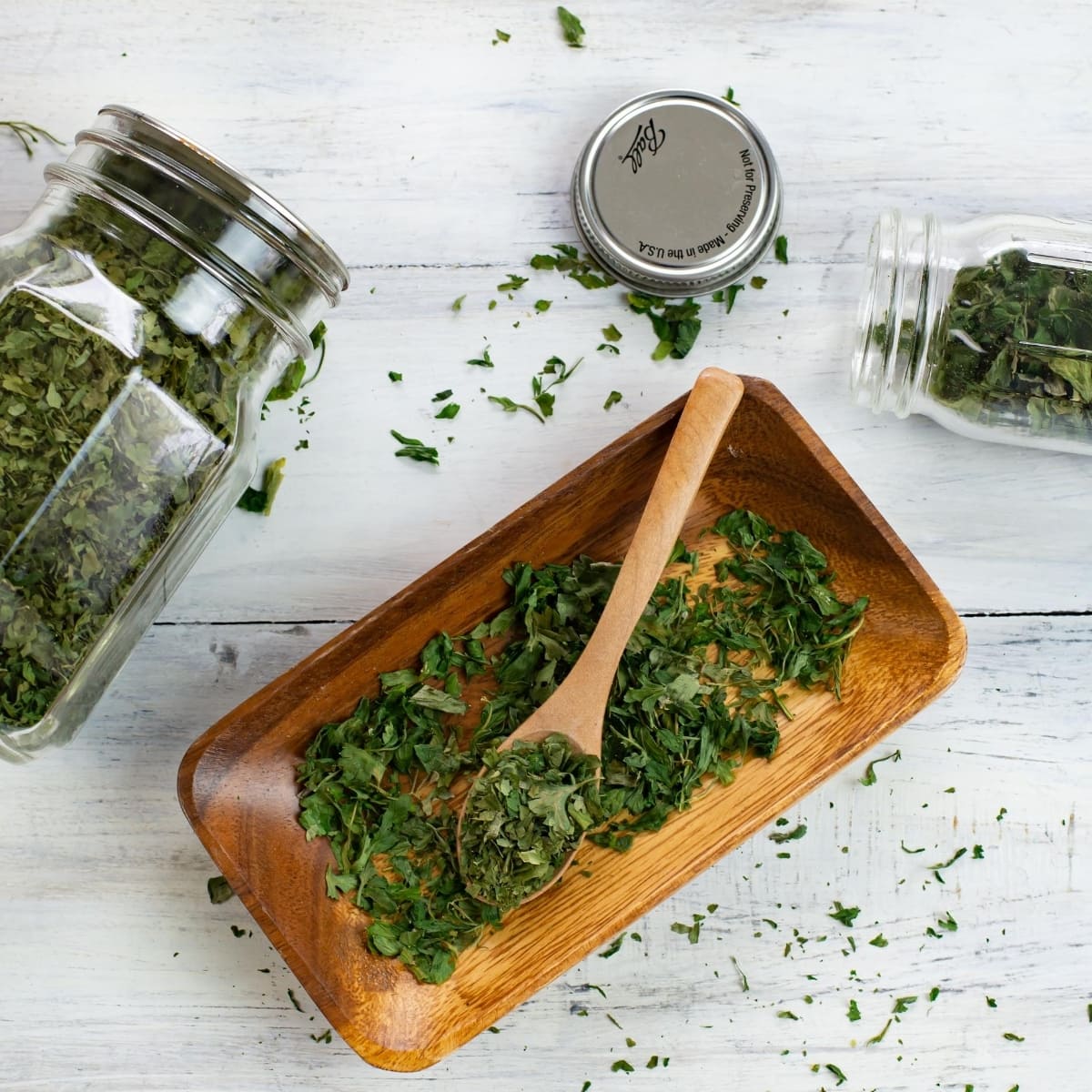
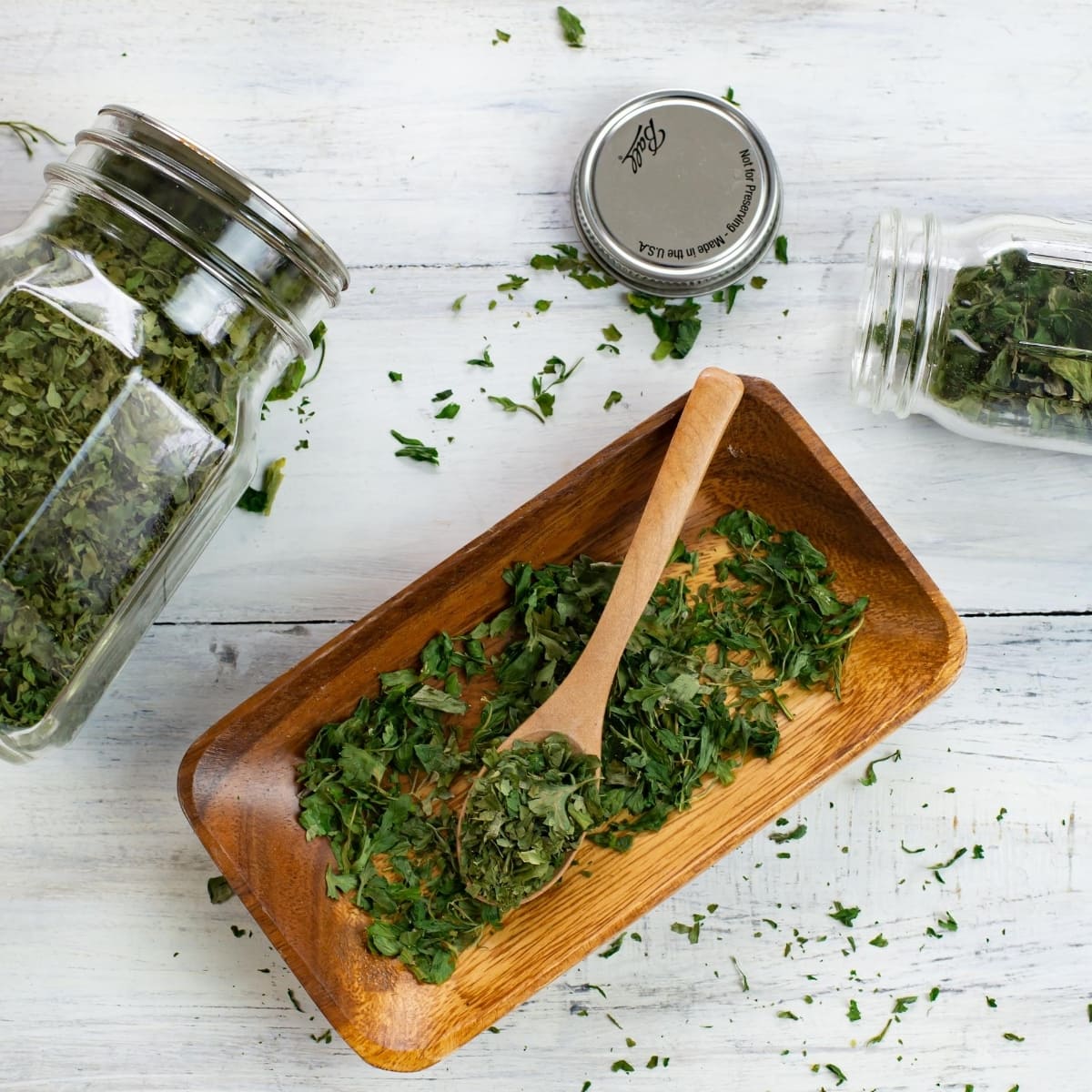
Dehydrated Rosemary
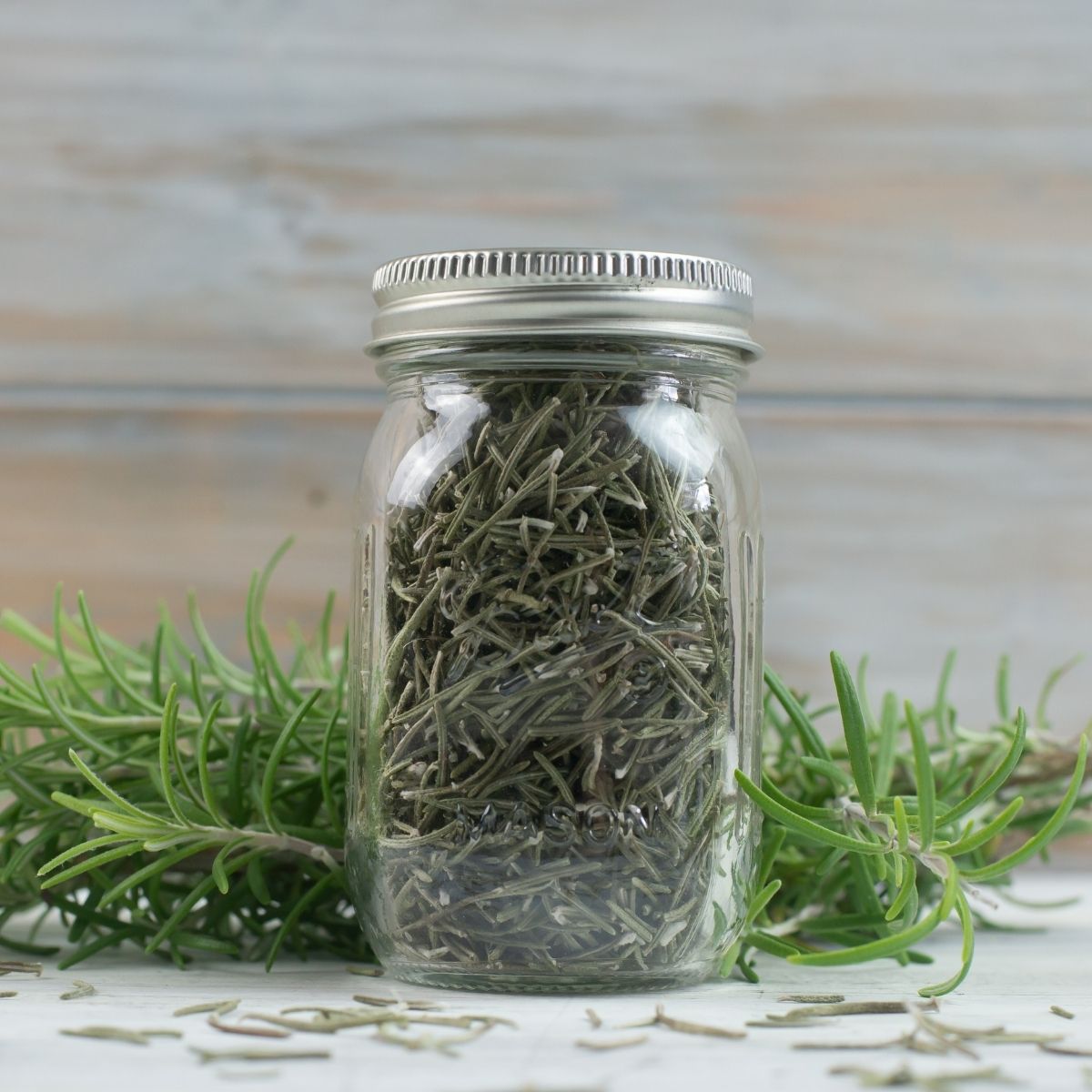

Misc. dried foods and ways to use them
- How to Dehydrate Sourdough Starter
- How to Dehydrate Frozen Mixed Vegetables
Dehydrated Frozen Corn
Buy frozen corn when on sale and dry it so you always have corn on hand for all your soup and stew recipes.
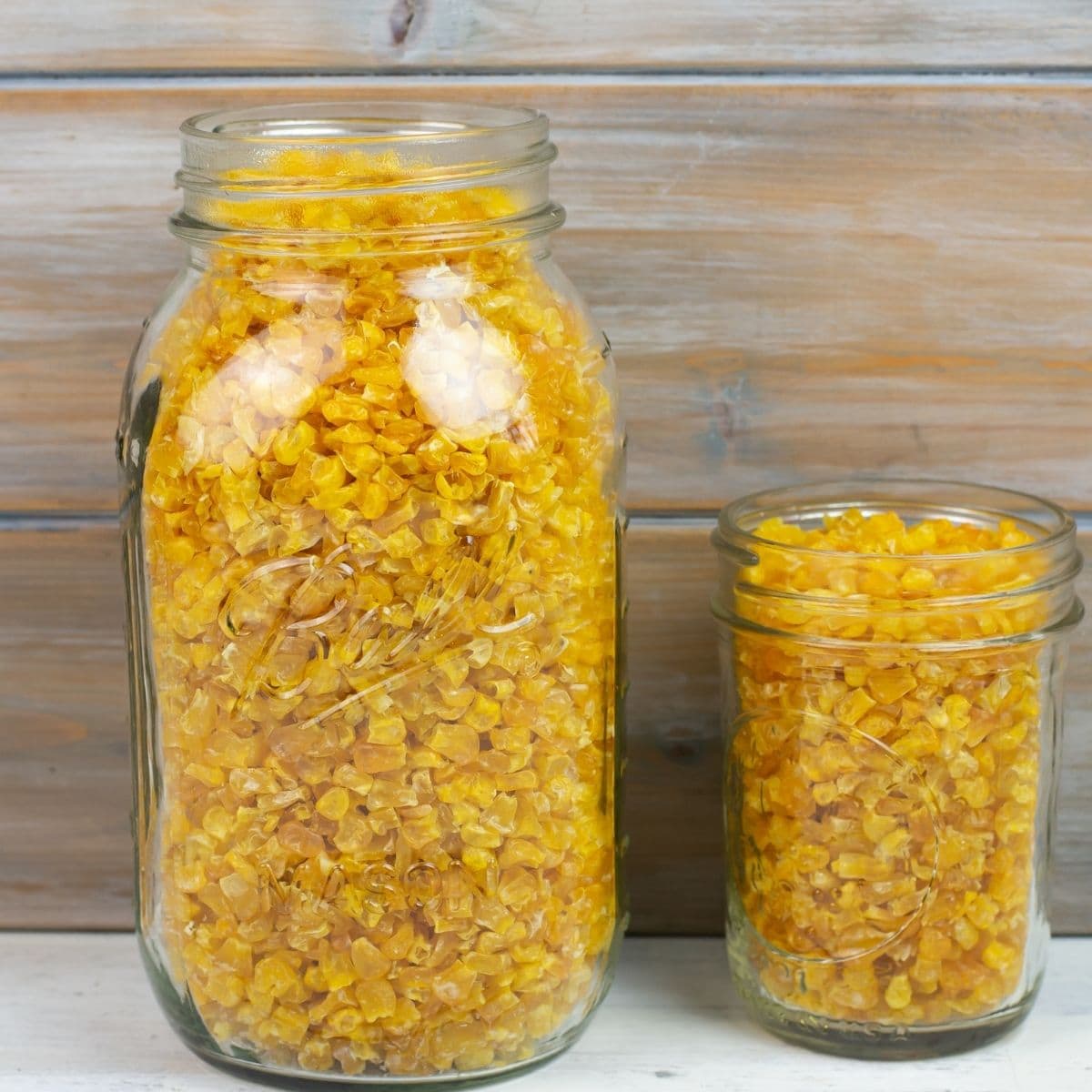
Oatmeal with dried fruit packets
How to make Oatmeal Packets using dried apples and fruit to have ready made breakfasts in the pantry.
